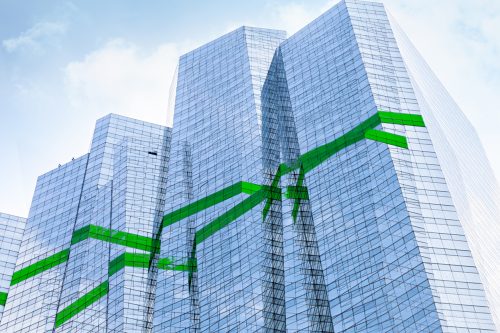
Report | 2008
Barriers and Breakthroughs for Multitenant Developments
In owner-occupied facilities, it is easy to justify the incorporation of high-performance building features because commonly recognized hard and soft benefits (cost savings, productivity gains, improved occupant health, etc.) are directly recovered by the investment entity. Developers or owners of multitenant office buildings and retail developments, on the other hand, encounter both perceived and real barriers that often prevent the inclusion of high-performance, climactic responsive features in new or retrofit projects. Good design, proper lease formulations, market education and intelligent operation will help overcome these barriers and allow the benefits of high-performance buildings to be realized and shared among various stakeholders. Successful “green” relationships are not merely legal engagements; they require a new perspective and the integration of the project design, analysis, marketing, and measurement and verification processes. Investments and savings must be quantifiable and qualified by both owner and tenant. Both owner and tenant should receive triple-bottom-line incentives (environmental, financial, and social) to create and operate high-performance spaces. Ultimately, developers of high-performance buildings will garner higher rents while tenants will pay less in total occupancy costs for better spaces—a win-win approach to reducing the negative environmental impact of multitenant buildings.